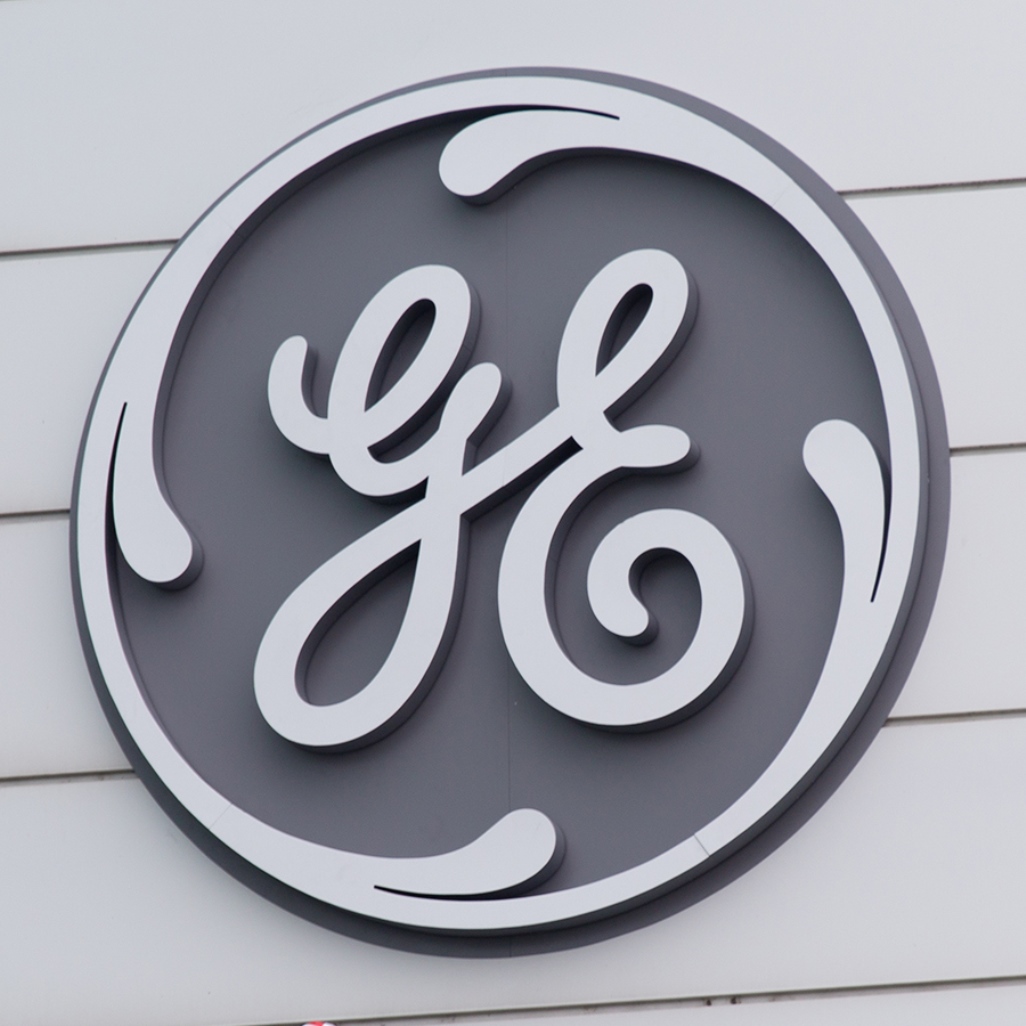
Having a strategy as a conglomerate is supposed to imply that the business has at least safety throughout harder times in the business cycle. Some conglomerate structures are easier by design to understand than others. In the case of General Electric Co. (NYSE: GE), that safety net and the ease of understanding its structure have remained more than elusive.
General Electric, under the leadership of new CEO John Flannery, has finally unveiled its new strategy for the post-Immelt years. Unfortunately, at first blush there are many more questions remain than are answered.
It was no secret at all that GE was going to cut its dividend. Flannery had already talked about that as a possibility, and frankly the dividend yield was too high and the payments due were too much for GE’s cash flows to maintain.
24/7 Wall St. has decided to peruse five of the strategic divestitures that investors should expect. Some of these were communicated at the November 13 investor presentation, but some are what seem to be likely expectations despite the company not offering up the first or immediate business segments that are going to go.
Obviously, “market conditions” and how receptive buyers are will be the real determining factors here. GE has tried to offload operations in recent years, some successfully and some not.
Before getting into specifics, it is important to realize that Flannery is firmly in charge of General Electric now. This is the post-Immelt period, and any promises and expectations set by and made by Jeff Immelt will not even be considered if they conflict with Flannery’s ambitions. Flannery has even taken a further power consolidation move, announcing that GE will get some new members of the board of directors — and the board will shrink to 12 seats from the current 18.
On top of the dividend being cut, Flannery’s new guidance was $1.00 to $1.07 in adjusted earnings per share in 2018. The old target under Immelt, which had been talked down by Immelt and also talked down by analysts, was $2.00 per share. Flannery is now targeting industrial free cash flow of $6 billion to $7 billion in 2018.
GE Lighting
GE Lighting may be one of the first units that gets jettisoned. Finding a buyer is expected to remain a problem. Spinning the GE Lighting operations off into a new company would not help GE shareholders in the grand scheme of things. After all, it’s too small, and how many lighting businesses are in serious growth? GE has had an LED strategy, but the company’s 2016 annual report suggested that half of all U.S. residential sockets will convert to LED by 2020. In the third quarter, the Lighting segment accounted for less than 2% of consolidated revenue.
GE Transportation
GE generated only $4.71 billion in revenues from its transportation segment in 2016. That is less than 4% of GE’s structure, and revenues were down more than $1.2 billion from the year before. Transportation had not really grown in the prior years either. To be specific, this area pertains to mining equipment, marine diesel, freight and passenger locomotives, and services. GE’s 2016 annual report shows that the demand for locomotives may only go lower and lower due to lower power needs, while demand for natural resources remains low. This segment has 10,000 or so employees. Flannery has also said that the transportation sales were slow in North America.
Oil and Gas (Baker Hughes)
Baker Hughes, A GE Company (NYSE: BHGE) is now a standalone entity that is also majority owned by General Electric. This was rumored to be a purchase that GE wanted to make a decade before (when oil prices were much higher), but GE did not get the real opportunity to do the deal until its formal closing in 2017. GE may have some limitations on being able to sell shares here (depressing the stock even more), but the entire structure will allow Baker Hughes to be its own entity all over again. Baker Hughes has a market cap of $37 billion, versus the $165 billion market cap of GE, so even if there is a valuation haircut that might be considered it could move the needle and get GE out of the oil and gas business.
GE Industrial Solutions
Flannery has targeted GE’s industrial solutions segment for divesting. The problem here is that dispositions on the industrial side were already underway, and in 2016 GE closed its Appliances sale to Haier, and it had already announced plans to sell its Water and Industrial Solutions businesses.
Before thinking that GE is going to exit all these at once, understand that it can take time to sell some businesses. Buyers can remain unexcited, and breaking out units from inside a larger wheel is not as easy as some investors may hope. Flannery also prepped shareholders with the note that what businesses will be divested is a perpetual analytics process. That means that GE can change its mind on any of these units, and it means other divesting opportunities may take more precedence if anything about its business changes.
Investors had already been discounting GE ahead of the meeting and after Immelt’s departure. This was a $20.49 stock as of Friday, and that was down from $29.00 in June. The initial reaction for GE’s first day in the post-Immelt strategy was another 8% drop down to $18.75 shortly before Monday’s closing bell. GE also had crossed some 200 million shares of stock trading hands with just under an hour until the closing bell.
Flannery’s message may have nowhere good to go. A drop of this magnitude seems unfair if you were already expecting much of this bad news. That being said, GE remains an expensive stock against the market, and investors have no more patience to give even a new GE management team the benefit of the doubt.
Thank you for reading! Have some feedback for us?
Contact the 24/7 Wall St. editorial team.




